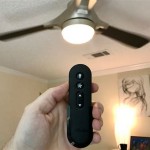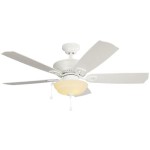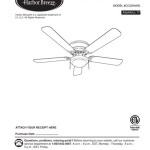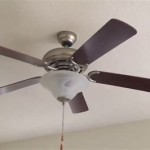Recessed Lights Ceiling Placement: Ideal Distance and Spacing
Recessed lights are a versatile lighting solution that can enhance the ambiance and functionality of any space. Properly placing these fixtures is crucial to achieve optimal illumination and aesthetic appeal. Here are the essential aspects to consider when determining the ideal distance and spacing for recessed lights:
Ceiling Height
The height of your ceiling plays a significant role in determining the distance between recessed lights. For ceilings 8 feet high, a spacing of 5-6 feet between lights is generally recommended. For higher ceilings, such as 9-10 feet, the spacing can be increased to 6-7 feet. This ensures even light distribution without overwhelming the space.
Beam Angle
The beam angle of a recessed light refers to the angle at which it emits light. Narrower beam angles create concentrated, focused illumination, while wider beam angles produce a more diffused, general light. For general lighting purposes, beam angles between 30 and 45 degrees are commonly used. Consider wider beam angles for large rooms or areas where you need more diffused light, and narrower angles for accent lighting or task-specific illumination.
Spacing for Even Illumination
To achieve uniform lighting, follow a grid pattern when placing recessed lights. The spacing between each fixture should be approximately equal to the distance from the light to the wall. For instance, if you have 12-foot ceilings and want 6-foot spacing between lights, place them 6 feet from the walls as well. This creates a balanced and cohesive layout that avoids dark spots or excessive brightness.
Task Lighting
Recessed lights can also be used for task lighting, such as over kitchen countertops or workstations. In these cases, the spacing and placement should be tailored to the specific task. For example, for countertop lighting, place lights directly above the work surface, ensuring there is no shadowing. Consider using multiple lights with a narrow beam angle to provide focused illumination where it's needed most.
Aesthetic Considerations
In addition to functional considerations, the aesthetic appeal of recessed lights should also be taken into account. Avoid placing lights directly over furniture or seating areas, as this can create glare or eye strain. Instead, distribute lights evenly throughout the space to create a harmonious ambiance. Consider the overall design style of the room and choose fixtures that complement the decor.
Professional Installation
Proper installation is essential for the safety and optimal performance of recessed lights. Hire a qualified electrician to ensure that the lights are correctly wired, positioned, and thermally protected. They can also recommend the most suitable type and wattage of bulbs based on your specific needs.
Conclusion
By carefully considering the distance and spacing of your recessed lights, you can create a lighting scheme that is both functional and aesthetically pleasing. Follow these guidelines, adjust them based on your ceiling height, beam angle, and task-specific requirements, and you'll achieve a beautifully illuminated and inviting space.

Recessed Lighting Placement How To Correctly Place Your Lights

Recessed Lighting Spacing How Many Lights Do I Need Far Apart Place My Jil Sonia Interior Designs

Recessed Lighting Layout Examples Of Layouts And A Guide

Recessed Lighting Layout Tips And Tricks Wolfers

Free Recessed Lighting Calculator

Recessed Lighting Layout Examples Of Layouts And A Guide

Haylieread Design Tip Tuesday How To Layout Recessed Lighting

How To Plan Design Your Recessed Lighting Layout

Tips On Recessed Lighting Layouts For Living Rooms

The Trick You Should Know When Planning A Recessed Lighting Layout
Related Posts








